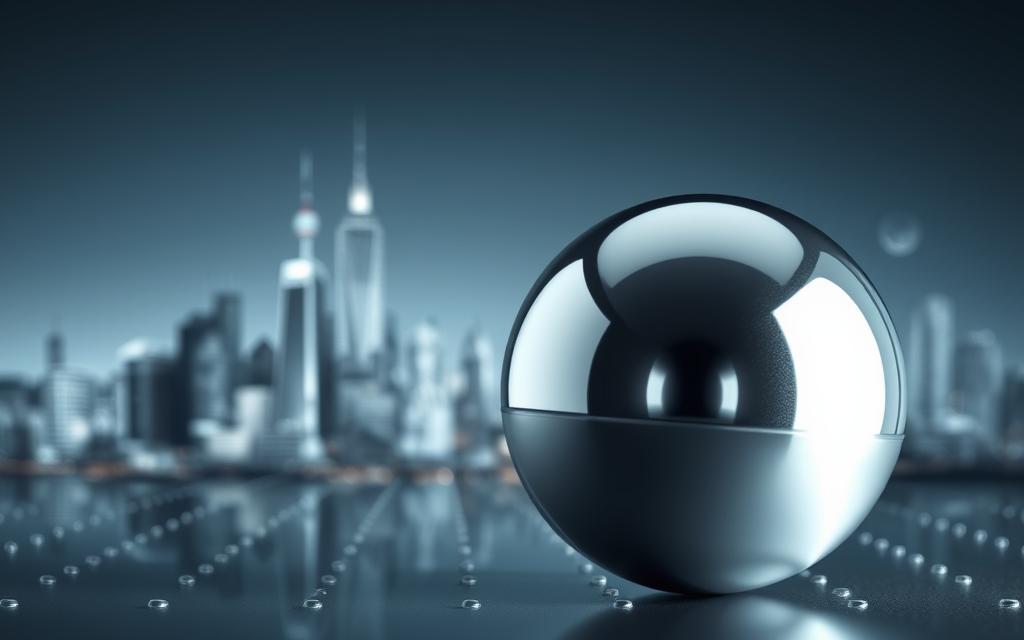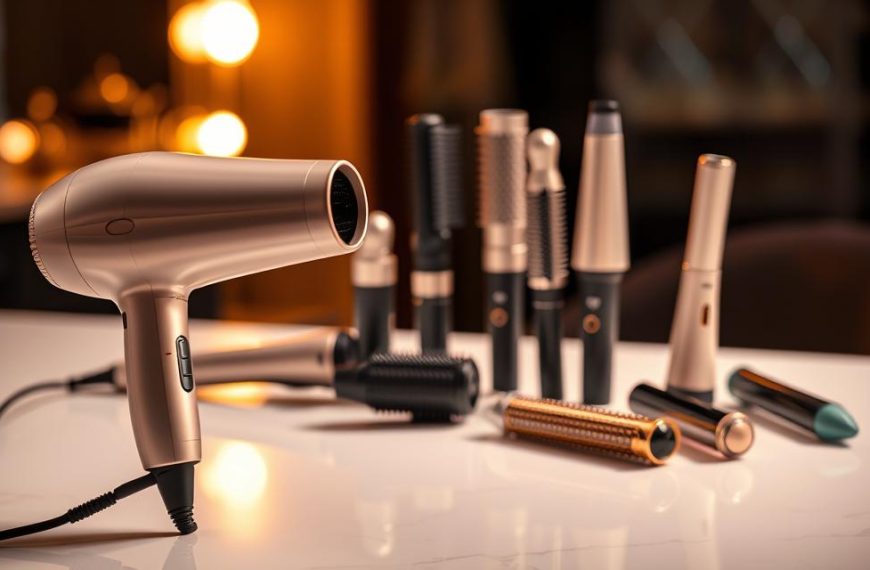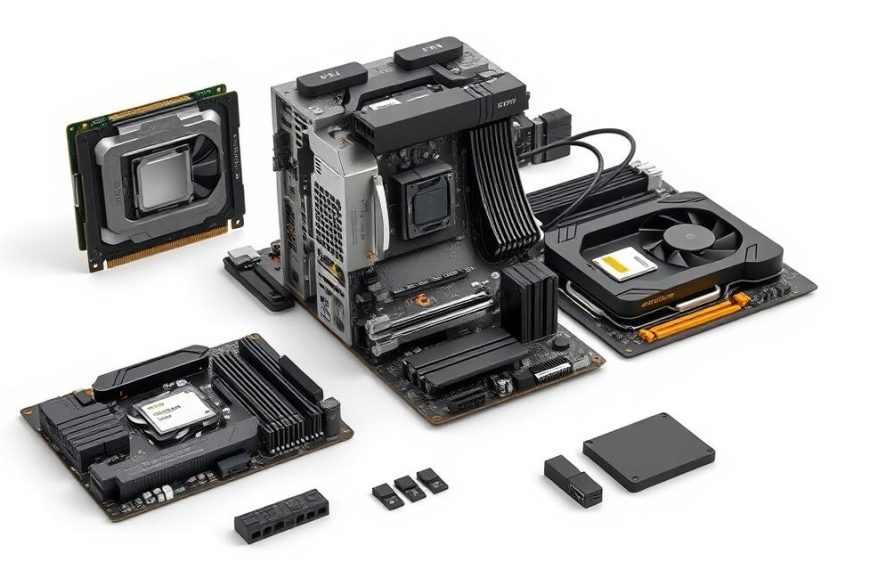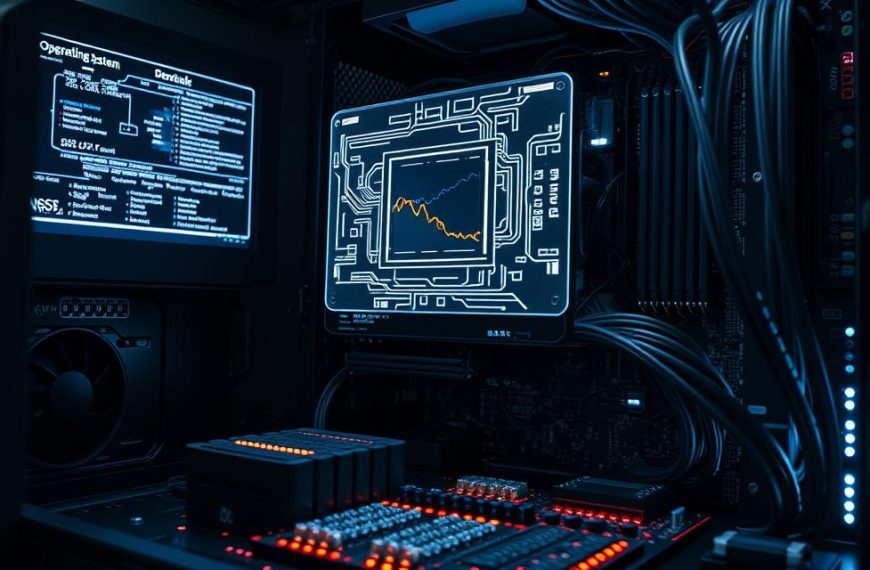Nano silver technology harnesses silver’s antimicrobial properties at a tiny scale. Silver nanoparticles have changed how we use microscopic materials for protection. These particles have been used in various products for over a century.
Nano silver’s unique feature is its microscopic size. Silver nanoparticles are less than 100 nanometres, giving them an extraordinary surface area. This property allows for unmatched antimicrobial effectiveness in many applications.
About 320 tonnes of nanosilver are used globally each year. This shows how widely adopted the technology is. Experts predict global production could reach 800 tonnes by 20251.
Silver nanoparticles are powerful antimicrobials with environmental benefits. Over 90% of nanosilver becomes bound in sewage sludge as silver sulfide. This form is extremely insoluble and much less toxic than free silver ions2.
Nano silver technology drives innovation in healthcare, consumer products, and industry. Ongoing research continues to transform our approach to hygiene and protection. These microscopic guardians are shaping a cleaner, safer future.
Understanding Nano Silver Technology
Nano silver technology is a cutting-edge approach to antimicrobial protection. It uses microscopic silver particles to combat microbial threats. Silver nanoparticles offer powerful solutions across various industries.
Historical Roots of Antimicrobial Silver
Silver’s antimicrobial use dates back centuries. Ancient civilisations used silver containers to preserve food and prevent contamination.
Scientific exploration of silver’s potential began in the late 19th century. This marked a crucial moment in understanding its remarkable properties.
Exploring Nano Silver Particles
Silver nanoparticles are microscopic structures with extraordinary capabilities. These tiny particles measure between 1-100 nanometres, interacting with microorganisms at a molecular level.
Global nanosilver production has grown significantly. An estimated 1,000 tons are produced annually3.
Mechanism of Action
Nanosilver particles release silver ions that disrupt bacterial cell membranes. This process prevents microbial growth and is effective against many pathogens.
It’s particularly useful against drug-resistant bacteria, making it a valuable tool in modern medicine.
Global Impact and Applications
Nanosilver applications are incredibly versatile. In 2023, over 5,367 consumer products worldwide incorporate nanomaterials.
More than 1,000 products specifically use nanosilver for antimicrobial properties3. The distribution across sectors is noteworthy:
- Health: 24.08%
- Textile: 17.53%
- Cosmetics: 13.38%
- Appliances: 9.31%
- Environmental: 8.30%
- Construction: 7.93%
Nanosilver technology continues to offer innovative solutions in healthcare and consumer products. Its ability to combat antibiotic-resistant pathogens makes it crucial in modern microbial defence.
Applications in Consumer Products and Healthcare
Nanosilver technology has transformed many industries with its unique antimicrobial properties. These tiny particles are changing product design and infection prevention through remarkable scientific advancements.
Antimicrobial Consumer Products
Silver nanoparticle applications have grown rapidly in consumer markets. Manufacturers now add nanosilver to many everyday items, creating new antimicrobial solutions4:
- Clothing with built-in antimicrobial protection
- Kitchenware designed to reduce bacterial growth
- Cosmetics with enhanced preservation capabilities
- Toys featuring inherent microbial resistance
Medical and Healthcare Applications
Healthcare has adopted antimicrobial textiles and advanced medical tech powered by nanosilver. Cutting-edge silver nanoparticle applications are improving medical treatments, especially in wound care and infection control5.
| Medical Application | Nanosilver Benefit |
|---|---|
| Wound Dressings | Enhanced bacterial resistance |
| Surgical Instruments | Reduced infection transmission |
| Medical Coatings | Prolonged antimicrobial protection |
Environmental Impact and Safety Considerations
Despite nanosilver products’ amazing benefits, researchers remain cautious about possible risks. Potential concerns include nanoparticle migration and long-term biological interactions4.
The rapid proliferation of nanotechnology demands comprehensive safety assessments
Safety concerns cover various aspects, including effects on human health and environmental ecosystems. Ongoing studies continue to assess the wider implications of widespread nanosilver technology use.
Benefits and Advantages of Nano Silver Technology
Nano silver technology offers remarkable benefits across multiple industries. It uses silver nanoparticles to provide exceptional antimicrobial protection. This innovative approach is revolutionising how we combat harmful microorganisms6.
Antimicrobial Effectiveness
Silver nanoparticles show extraordinary capabilities against various pathogens. They can penetrate bacterial walls and tackle bacterial biofilms effectively. This makes them incredibly potent in fighting harmful microorganisms7.
- Effective against bacteria, viruses, and fungi
- Capable of targeting multiple pathogen types
- Proven performance in medical and consumer applications
Long-lasting Protection
Nanosilver technology offers sustained antimicrobial protection that surpasses traditional treatments. In consumer textiles, the antimicrobial effect can last for up to 50 washes. This ensures consistent and reliable defence against microbial threats6.
Versatility in Different Products
Nanosilver technology is highly adaptable, making it suitable for numerous applications. These nanoparticles can be integrated into various materials for robust antimicrobial protection. From medical equipment to consumer products, its uses are widespread6.
| Product Category | Nanosilver Applications |
|---|---|
| Consumer Products | Athletic clothing, cosmetics, keyboards, food containers |
| Medical Equipment | Catheters, stents, bandages, wound dressings |
| Electronic Devices | Electric shavers, keyboards |
Nanosilver benefits go beyond traditional antimicrobial solutions. It offers a versatile and powerful approach to protecting against harmful microorganisms. Its wide-ranging applications make it a game-changer in antimicrobial technology7.
Future Prospects and Challenges
Nanosilver research is advancing rapidly, with exciting developments in science and technology. The World Health Organization sees nanosilver as a potential solution to antibiotic-resistant pathogens. Scientists are working to improve the stability and bioavailability of silver nanoparticles.
Silver nanotechnology regulations are becoming crucial as global markets explore new uses. The current nanomaterials market shows great promise. It produces about 11.5 million tons annually, with a value of $20 billion8.
Nanosilver research is mainly focused in Asia, North America, and Europe. These regions hold significant market shares8. The future of this technology depends on addressing environmental impact and toxicity concerns.
Researchers are exploring sustainable production methods and green synthesis techniques. Their goal is to reduce potential risks while maintaining nanosilver’s antimicrobial properties98.
Nanosilver is expected to play a key role in healthcare and electronics. As regulations develop and our understanding grows, new applications will emerge9. Scientists remain dedicated to unlocking the full potential of this groundbreaking technology.
FAQ
What exactly are nano silver particles?
How does nano silver technology kill microorganisms?
Are nano silver products safe for human use?
In which products can nano silver technology be found?
What makes nano silver different from traditional silver treatments?
Can nano silver help combat antibiotic-resistant bacteria?
What are the potential environmental concerns with nano silver technology?
How long do nano silver antimicrobial properties typically last?
Are there any limitations to nano silver technology?
What future developments are expected in nano silver technology?
Source Links
- https://www.frontiersin.org/journals/chemistry/articles/10.3389/fchem.2017.00006/full
- https://www.sciencedaily.com/releases/2011/01/110131133005.htm
- https://pmc.ncbi.nlm.nih.gov/articles/PMC10451389/
- https://www.beyondpesticides.org/resources/antibacterials/nanosilver/health-effects
- https://ec.europa.eu/health/scientific_committees/opinions_layman/en/nanotechnologies/l-3/5-nanoparticles-consumer-products.htm
- https://pmc.ncbi.nlm.nih.gov/articles/PMC3702006/
- https://www.nanospace.store/blog/silver-nanoparticles/
- https://www.degruyter.com/document/doi/10.1515/chem-2016-0005/html?srsltid=AfmBOoq0JENTqFg_04BTthffuKFEvlOdZ5OOXpZyaEz_Wdftjs2WIaRv
- https://www.marketresearchintellect.com/blog/nano-silver-colloid-market-trends-applications-and-future-prospects/















